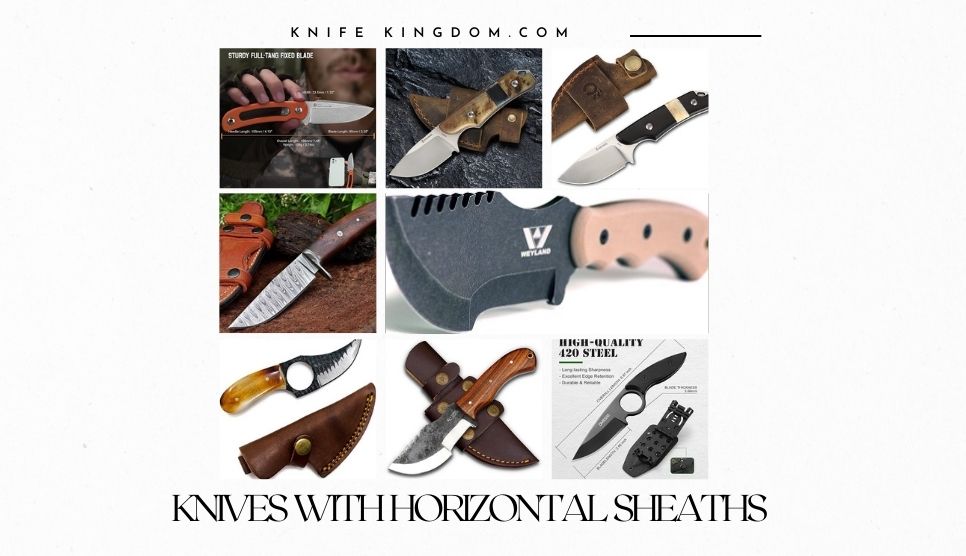Trying to find the best electric knife to make your kitchen jobs easier? Whether you’re slicing or sculpting a turkey bread, discovering the ideal knife can conserve you time and effort.
In this guide, we’ll assist you select the very best electrical knife to buy in 2025, and give you tips on how to care for it so it lasts!
Are Expensive Knives Worth It?
Are expensive knives always better? Not always. A good knife doesn’t need to drain your wallet. Some low-cost knives slice well and feel right. But costly ones outlast most cheap blades. Why? Makers forge them with tough steel. They hold an edge and don’t dull fast.
If you cook each day, a sharp, solid knife helps. It speeds prep and cuts stress. Heavy use wears out weak blades. So, invest if your kitchen sees heat often. But if you stir pots once a week, save cash. A cheaper knife may serve just fine.
Choose a blade that fits your hand and pace. Grip it. Swing it. Let it work for you.
Best electric knife in australia
How to Care for Your Kitchen Knives
Wash kitchen knives by hand. Skip the dishwasher. Rinse them fast. Wipe them dry with a towel. Do not soak them. Water can warp the steel. Blades dull if left wet.
Tuck each knife in a tray or a knife block. Loose blades cut hands and chip. Keep drawers neat and blades covered. Store with care. Sharp edges need shelter.
Use a wooden board. Hard boards nick blades. Never cut on glass or stone. Avoid metal pans. That harms the edge. Slice clean. Do not twist the blade.
Sharpen when dull. A dull knife slips. That risks injury. Use a whetstone or honing rod. Learn the angle. Keep the edge keen. Test with paper or tomato skin.
Cook’s Knife vs. Chef’s Knife
A chef’s knife grips big tasks. It chops hard roots. It slices thick meat. The blade feels broad and weighty. The curve rocks fast on boards.
A cook’s knife feels slim. It glides with ease. Use it for light work. Dice soft fruits. Trim fat from meat. It moves fast and stays nimble.
Both tools earn space in your kitchen. Choose by feel. Pick what suits your hand. Good knives cut stress. Bad knives cut time.
What to Look for in a Kitchen Knife
Pick a knife that slices clean. A dull blade drags and slips. Sharp edges bite fast and true. Grip the handle. If it pinches or strains, toss it. A good grip fits like skin.
Scan the size. Big blades crush small foods. Tiny ones stall on thick meat. Match blade size to task. Your hand should rule the steel.
Choose tough steel. Stainless steel stands strong. It fights rust. It holds its bite. Skip soft metals. They fold and fail fast.
Feel the weight. A balanced knife swings true. No tip dips or hilt heaves. Control rides on balance.
Steady knives chop best. Loose ones twist and jab. You want firm steel and a sure grip.
Now that you know what to seek, pick the best electric knife for your needs. Match your tool to your task, and let the right blade do the job.
Final word
Choosing the best electric knife should feel simple. Think first. What do you slice most? Meat, bread, fish? Pick a knife that suits your pace. Some knives zip, others grind. Match the tool to your rhythm.
Price doesn’t cut it alone. Value lies in grip, feel, and cut. Hold it. Twist it. Let your hand decide. A sharp blade won’t just slice—it glides. A poor one rips, drags, or bruises.
Clean it right after use. Wipe. Dry. Store. Treat your knife well, and it serves for years. Don’t toss it in drawers. Hang it. Sheathe it. Honor your edge.
Carving should not tire your wrist. A good electric knife hums low, carves clean, and spares strain. Whether you call it a cook’s knife or a chef’s knife, comfort must lead.
In the end, it’s not about looks. It’s about how the blade moves. Chop, slice, carve—choose with care. Let your kitchen work feel sharp and sure.


